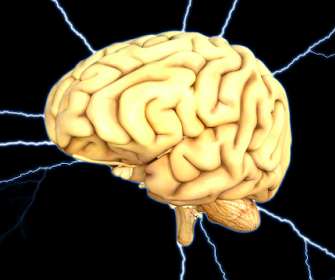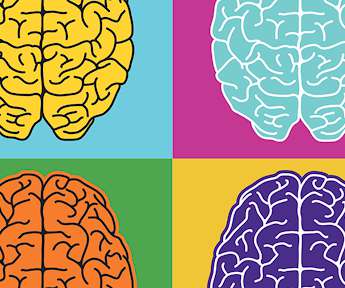Bend your brain
Learning with e's
JANUARY 13, 2014
Don''t crack up Bend your brain See both sides Throw off your mental chains. But we are not calling for a revolution here - simply for students to learn how to ''bend their brains''. Bend your brain by Steve Wheeler is licensed under a Creative Commons Attribution-NonCommercial-ShareAlike 3.0 Unported License.











































Let's personalize your content